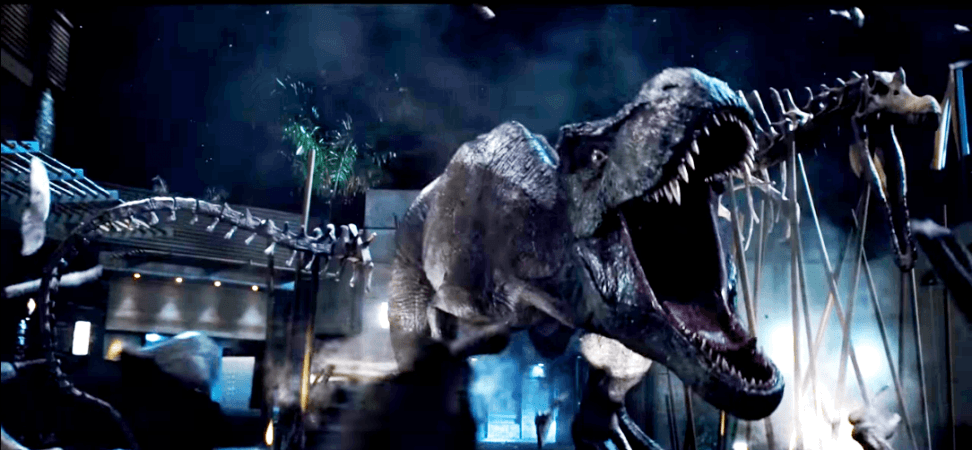
Gone are the days of wondering what it would be like to go on an all sponsored safari at Dr John Hammond's park. Well, almost, as in latest discoveries, scientists have found possible dinosaur blood inside a piece of amber which is supposedly a hundred million years old.
This brings back way too many Jurassic Park memories as the current findings practically resonate with the entire plot of Steven Spielberg's cult classic based on the experimental resurrection of dinosaurs from mosquitoes trapped in amber.
Also read: Living fossil: Shark from the 'age of the dinosaurs' found swimming off coast of Portugal
The 'Dracula' tick had supposedly bloated to eight times its size from what is believed to be dinosaur's blood. Along with two other ticks trapped in amber pieces, they were the group name – Deinocroton draculi - which translates as "Dracula's terrible tick".
Another extremely ancient piece of Burmese amber possesses a tick that is still gripping on to a dinosaur feather after 99 million years. But sadly, scientists have stressed that removing DNA from such ancient specimens have failed due to deterioration of the complex molecule over the years.
A piece of Burmese amber dating back to 99 million years ago has been found to contain a hard tick clinging to a feather, the first fossil evidence that ticks fed on dinosaurs. Find out how paleontologists made the jump from feather... to dino! https://t.co/iDghepU6TB pic.twitter.com/a3RWXs2Nur
— American Museum of Natural History (@AMNH) December 13, 2017
Despite hopes of recreating a live, walking, talking T-Rex have been quashed, Dr Ricardo Perez-de-la-Fuente, a member of the international team from Oxford University, said: "The fossil record tells us that feathers like the one we have studied were already present on a wide range of theropod dinosaurs, a group which included ground-running forms without flying ability, as well as bird-like dinosaurs capable of powered flight."

"So, although we can't be sure what kind of dinosaur the tick was feeding on, the mid-Cretaceous age of the Burmese amber confirms that the feather certainly did not belong to a modern bird, as these appeared much later in theropod evolution according to current fossil and molecular evidence."
These prehistoric ticks look quite similar to the modern version of the age-old bloodsuckers – which are eight-legged arachnids, related to spiders. Owing to the lack of any mammal hair yet been found in the Cretaceous amber, scientists have assumed that the Draculi ticks fed on feathered dinosaurs.

"The simultaneous entrapment of two external parasites - the ticks - is extraordinary, and can be best explained if they had a nest-inhabiting ecology as some modern ticks do, living in the host's nest or in their own nest nearby," said co-author Dr David Grimaldi, from the American Museum of Natural History in New York City.
Just like it's shown in the Jurassic Park movies, a wide range of ancient insects, spiders, worms, feathers, wood, flowers, hair have been found trapped and preserved in amber – which happens to be fossilized tree raisin, and these remnants are from the Cretaceous period when dinosaurs existed.









!['Had denied Housefull franchise as they wanted me to wear a bikini': Tia Bajpai on turning down bold scripts [Exclusive]](https://data1.ibtimes.co.in/en/full/806605/had-denied-housefull-franchise-they-wanted-me-wear-bikini-tia-bajpai-turning-down-bold.png?w=220&h=138)



